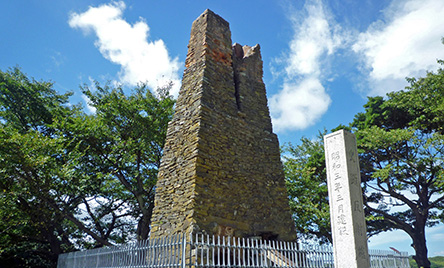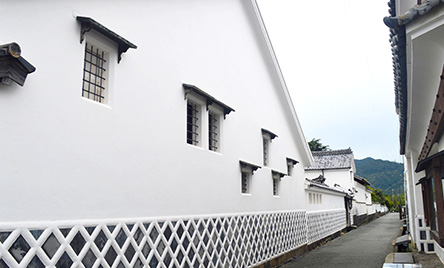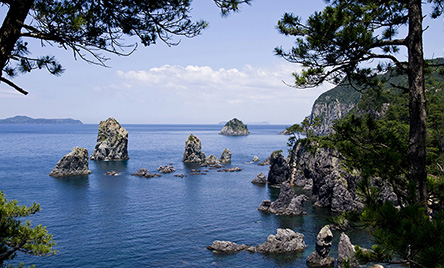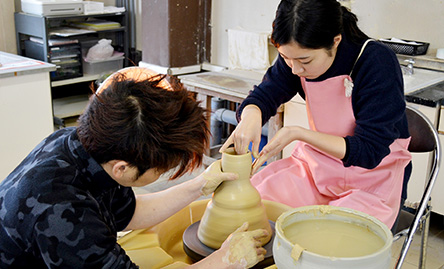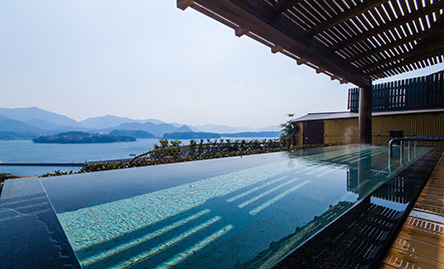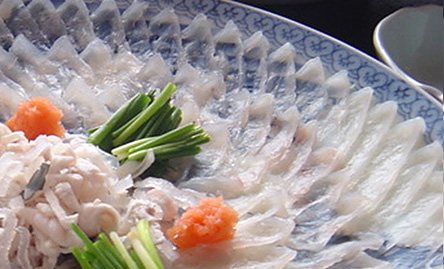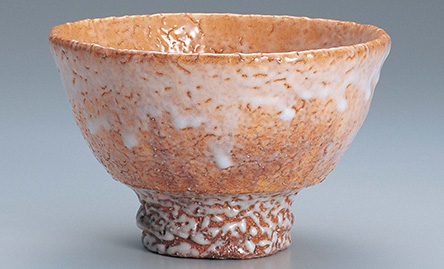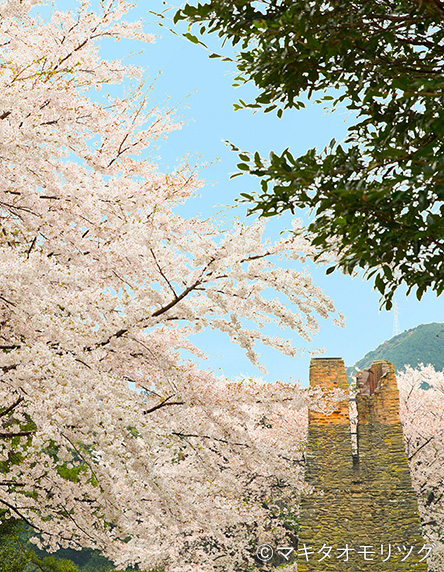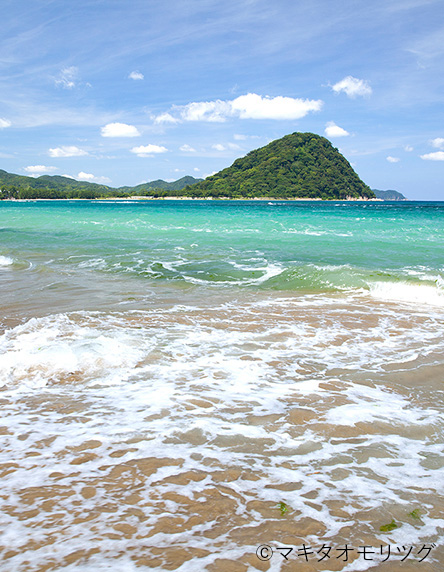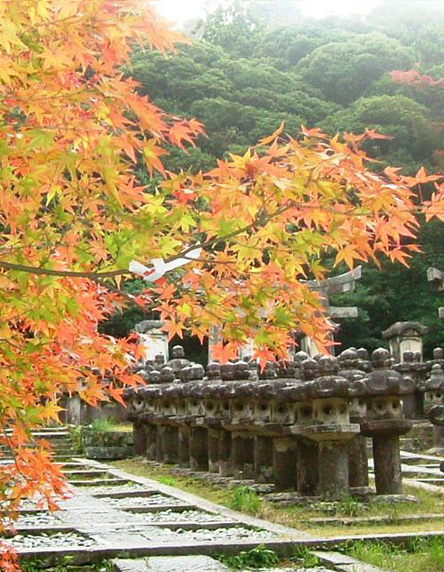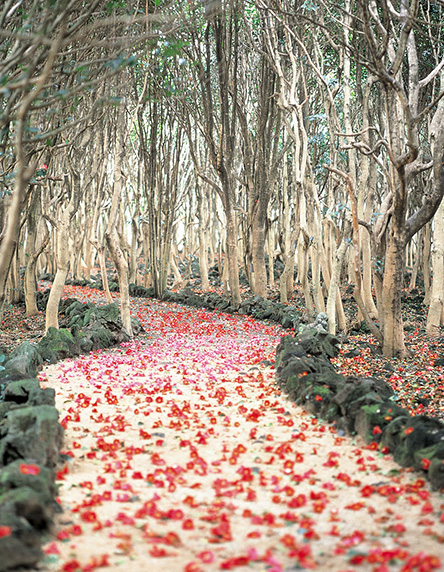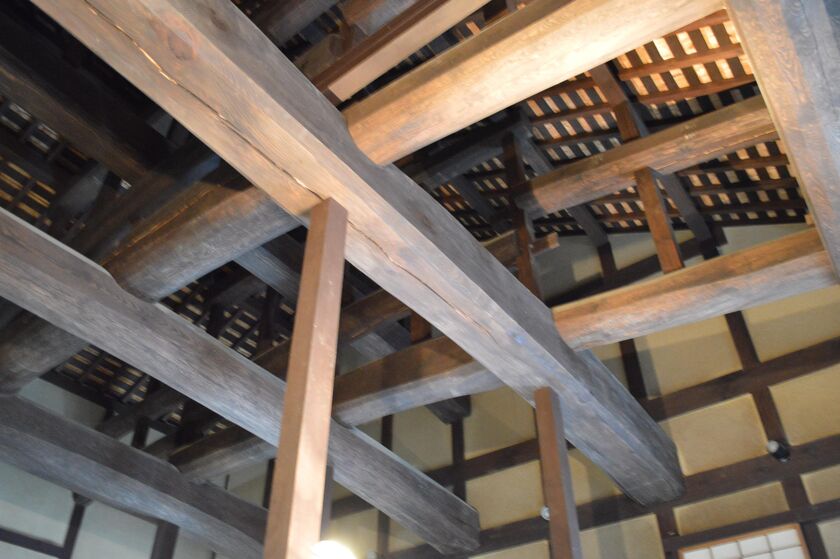Preserved as important assets of Hagi Castle Town’s historical heritage
Kubota Shōshichi (dates unknown) was a kimono merchant originally from Ōmi, in Shiga prefecture, a town famous for its hard-bargaining merchants, known as Ōmi shōnin. As a merchant, Kubota lived up to his hometown’s reputation. He moved to Hagi’s kimono district in the late nineteenth century and made a fortune selling kimono to the castle town’s wealthy inhabitants. His son Shōjirō (dates unknown) added sake-brewing to the family enterprise, founding Aratama sake traders, and their fortune grew.
Today, the Kubota family’s two-story townhouse, gardens, and storehouse are preserved as important assets of Hagi Castle Town’s historical heritage.
When viewing the residence from the street—the former Onarimichi, or “daimyo road”—the tightly latticed windows of the second floor stand out. The windows are known as mushiko mado, or “insect-cage windows,” and are characteristic of the Edo period (1603–1867). Inside the house, the ceiling is unusually high, making the tatami-floored rooms feel spacious and airy. The second floor was used to store goods and was home to about 30 servants who slept on the wooden floor surrounded by sake barrels, miso, and soy sauce. One part of the attic was furnished as a room where the master sake brewer slept.
On display in a ground-floor room is a replica of a folding screen (byōbu) painted in approximately 1858 by Ōba Gakusen (1820–1899), an artist from Yamaguchi prefecture. It depicts a line of mikoshi shrine floats from Kasuga Shrine, Tsubaki Hachimangū, Kanaya Tenmangū, and Sumiyoshi Shrine parading through Gofukumachi in front of the Kubota residence. It is, however, a work of the imagination, as those floats have never been displayed at the same time.
The upright pillar (tokobashira) of the tokonoma alcove in the living room has been planed smooth so as to resemble the cross-section of a bamboo shoot. This was thought to ensure cross-generational wealth and prosperity. It is common in houses built during the Edo period.
To the rear of the building, the white-plastered storehouse features a rare underground safe that is revealed when a large stone slab is rolled back on hidden casters.
(This English-language text was created by the Japan Tourism Agency. )
Basic info
| Price | ¥100 |
|---|---|
| Access | 3-minute walk from Hagi Hakubutsukan Mae Bus Stop (Hagi Junkan Māru Bus Eastbound) |
| Phone | 0838-25-3139 (Hagi Tourist Information) |
| Address | 1-31-5 Gofukumachi, Hagi, Yamaguchi |
| Open | 9:00 a.m. to 5:00 p.m. (daily) |
